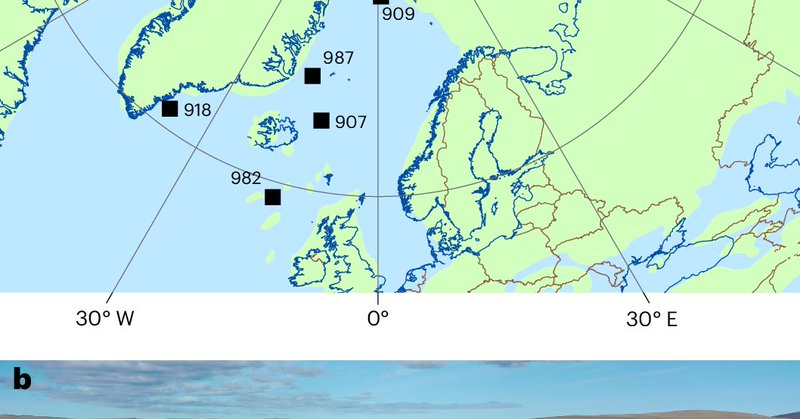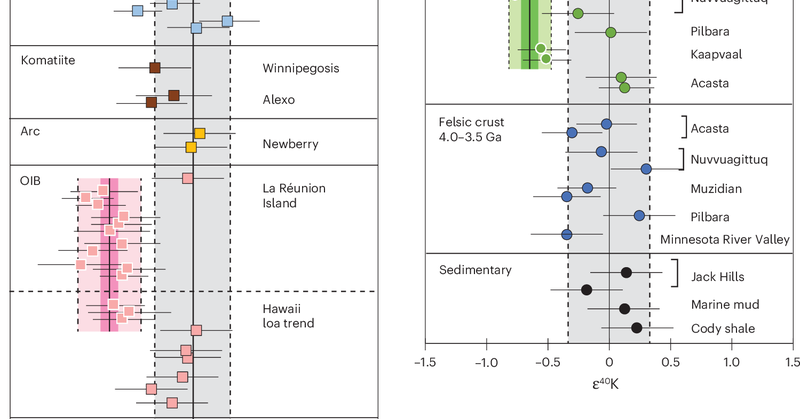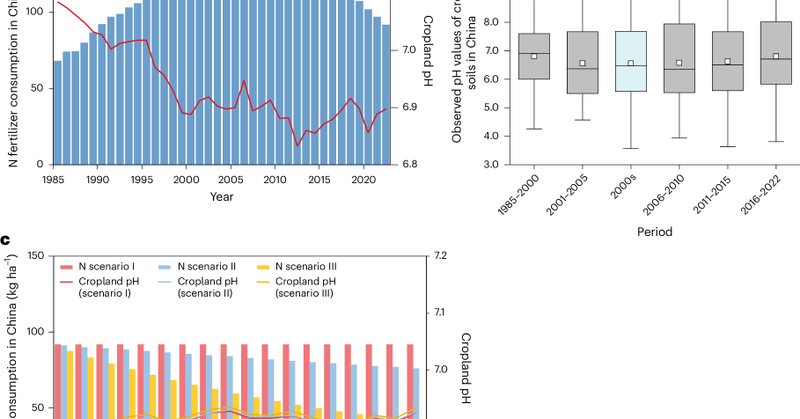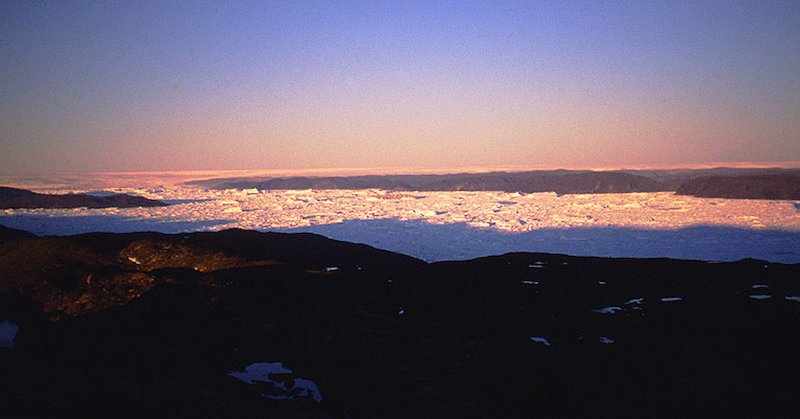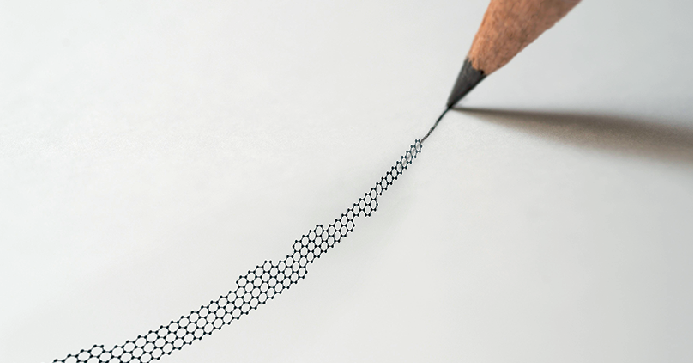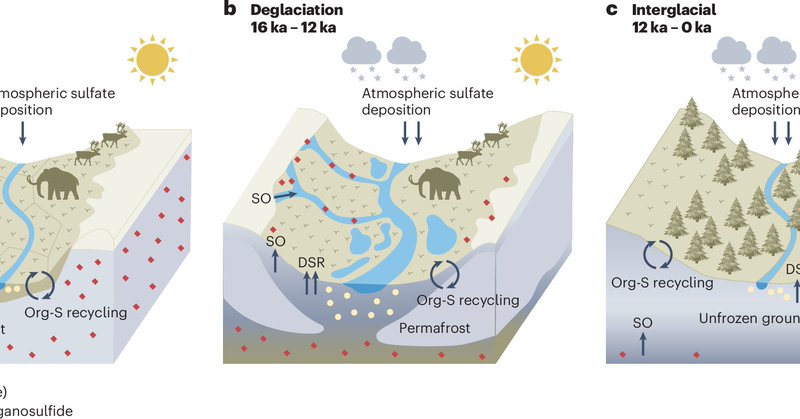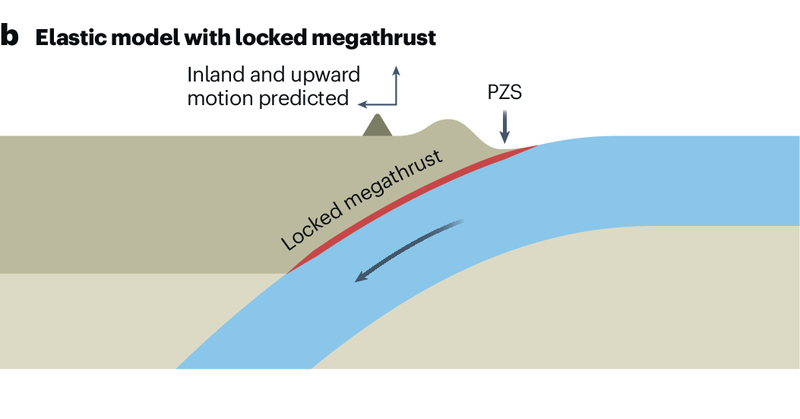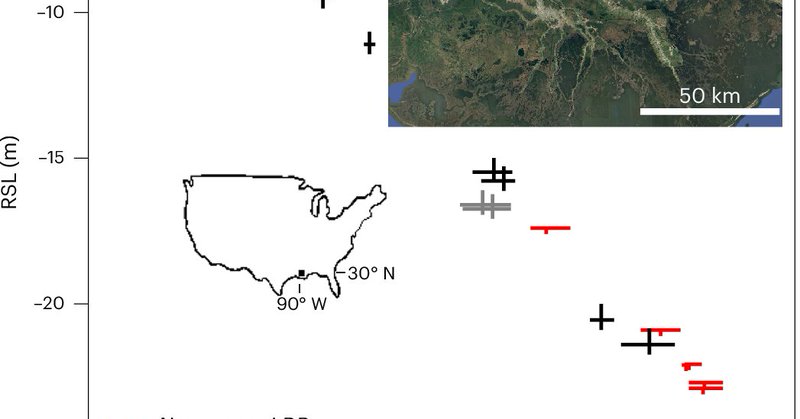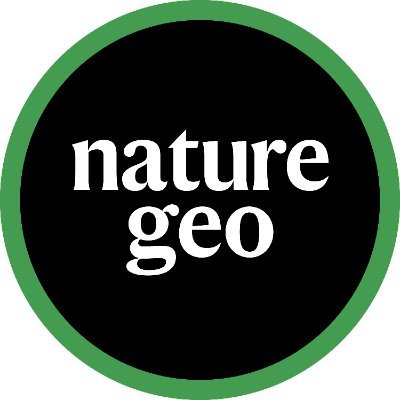
Nature Geoscience
@NatureGeosci
Followers
122K
Following
2K
Media
2K
Statuses
8K
A monthly journal aimed at collating top-quality research across the Earth and planetary sciences. bsky:https://t.co/jpJH7aejPs Site notice: https://t.co/33f68FcEDQ
London and Shanghai
Joined February 2011
October issue out now: including content on soil nitrogen loss from thawing permafrost, oceanic plate delamination, land disturbances in the USA, and more! https://t.co/8odRJf6TdV
0
9
41
@ird_fr Read the story behind this paper in the @SpringerNature Earth & Environment community: https://t.co/pzsAjiYjQA
communities.springernature.com
This is the story behind the paper “Western Indian Subantarctic phytoplankton blooms fertilised by iron-enriched Agulhas water" by Bucciarelli E., P. Penven, S. Pous and A. Tagliabue, published today...
0
0
1
Article: Recurrent phytoplankton blooms in the western Indian Subantarctic Zone are largely supported by iron-rich water transported into the region by the Agulhas Current @ird_fr
https://t.co/4etNxNnzK6
nature.com
Nature Geoscience - Recurrent phytoplankton blooms in the western Indian Subantarctic Zone are largely supported by iron-rich water transported into the region by the Agulhas Current, according to...
1
2
3
Article: Late Miocene terrestrial climate in eastern north Greenland displayed elevated temperatures at moderate atmospheric CO2 levels and a highly variable climate https://t.co/m22G3Pzave
nature.com
Nature Geoscience - The Late Miocene terrestrial climate in eastern North Greenland displayed elevated temperatures at moderate atmospheric CO2 levels and was highly variable, reflecting the...
0
3
8
Even one of the top imaging companies in the US admits how much better ultrasound is than mammography for breast imaging. What is not said is the radiation risk of mammograms is worse than the benign sound waves of U.S. I never Rx'd mammograms, choosing ultrasounds instead.
7
30
139
Article: Potassium-40 isotopic evidence for an extant pre-giant-impact component of Earth’s mantle @CarnegiePlanets
https://t.co/46aVmjmokg
nature.com
Nature Geoscience - Some mafic rocks have a ⁴⁰K/³⁹K ratio lower than all other terrestrial samples, according to isotopic composition analyses, suggesting parts of...
0
6
29
Article: China's cropland soil experienced acidification between the 1980s and about 2013 that correlated with nitrogen fertilizer application patterns, followed by heterogeneous soil pH recovery https://t.co/5DN0uxXqtK
nature.com
Nature Geoscience - China’s cropland soil experienced acidification between the 1980s and about 2013 correlating with nitrogen fertilizer application patterns, followed by heterogeneous soil...
0
0
6
Melting North American ice sheets drove far more sea-level rise at the end of the last ice age than previously thought, according to a @tulaneSSE-led study in @NatureGeosci. See how this overturns years of wisdom and reshapes today’s climate risks ⤵️
news.tulane.edu
Tulane University News and Press Releases
0
2
4
Could fertilizer actually boost soil's ability to lock away carbon? Results from a new analysis of our historic long-term Broadbalk experiment suggests it can... Full story 👇 https://t.co/Ypagx8MV6G
8
20
40
🟡 DAILY RIP LIVE - PRESENTED BY GRANITESHARES WITH KATIE PERRY & OLIVIA "VOZ" VOZNENKO
1
2
15
Article: Stabilization of continental crust requires temperatures of over 900°C, establishing a link between ultrahigh-temperature metamorphism and craton formation https://t.co/GTuqxV2cIh
0
18
85
Comment: The timing is right for an orbital gravity mission to test competing formation hypotheses for the Martian global topographic dichotomy @mikesori1
https://t.co/4bNN4YzSoU
nature.com
Nature Geoscience - The global topographic dichotomy on Mars is a fundamental feature of the planet, but its origin remains debated. The timing now seems right for a Mars orbital gravity mission...
1
5
14
Article: Particles produced by intense biomass burning can be transported, potentially by deep convection, in large numbers to the lower stratosphere https://t.co/mdCpF8abak
0
6
10
Our new paper is out now. TLDR: we need realistic ice models and well-constrained relative sea level records globally to understand climate-cryosphere-ocean systems.
Article: The melting of the last remnants of the North American ice sheets in the early Holocene led to 14 meters of global sea level rise, higher than prior estimates @diyaudita
https://t.co/FWZyUtLBmT
0
2
1
October editorial: Making peer review transparent - on our new transparent peer review policy https://t.co/fOV7wTkxCZ
nature.com
Nature Geoscience - For research papers first sent for peer review from mid-August, authors will be able to choose whether to publish the reviewers’ reports and their responses with their paper.
0
0
5
@NannonStevens News & Views on this paper by Clement Bataille & Elliott Skierszkan: https://t.co/yVPaAeQwgf
nature.com
Nature Geoscience - A negative sulfur isotope excursion occurred across Eurasia during the last deglaciation. An analysis suggests thawing permafrost might be responsible.
0
1
3
Article: The melting of the last remnants of the North American ice sheets in the early Holocene led to 14 meters of global sea level rise, higher than prior estimates @diyaudita
https://t.co/FWZyUtLBmT
nature.com
Nature Geoscience - The melting of the last remnants of the North American ice sheets in the early Holocene led to 14 m of global sea-level rise, higher than prior estimates, according to proxy...
0
1
14
Article: Modelling suggests the carbon cost for nitrogen assimilation by plants will rise substantially under future climate change with greater increases at higher latitudes https://t.co/a9egIrUg2Q
1
4
6
🌗The Moon has two faces—and the difference runs deeper than we ever knew. Analyzing historic samples from Chang’e-6, PKU researchers and collaborators found that the lunar farside’s interior is about 100°C cooler than the nearside. @NatureGeosci
2
16
22



